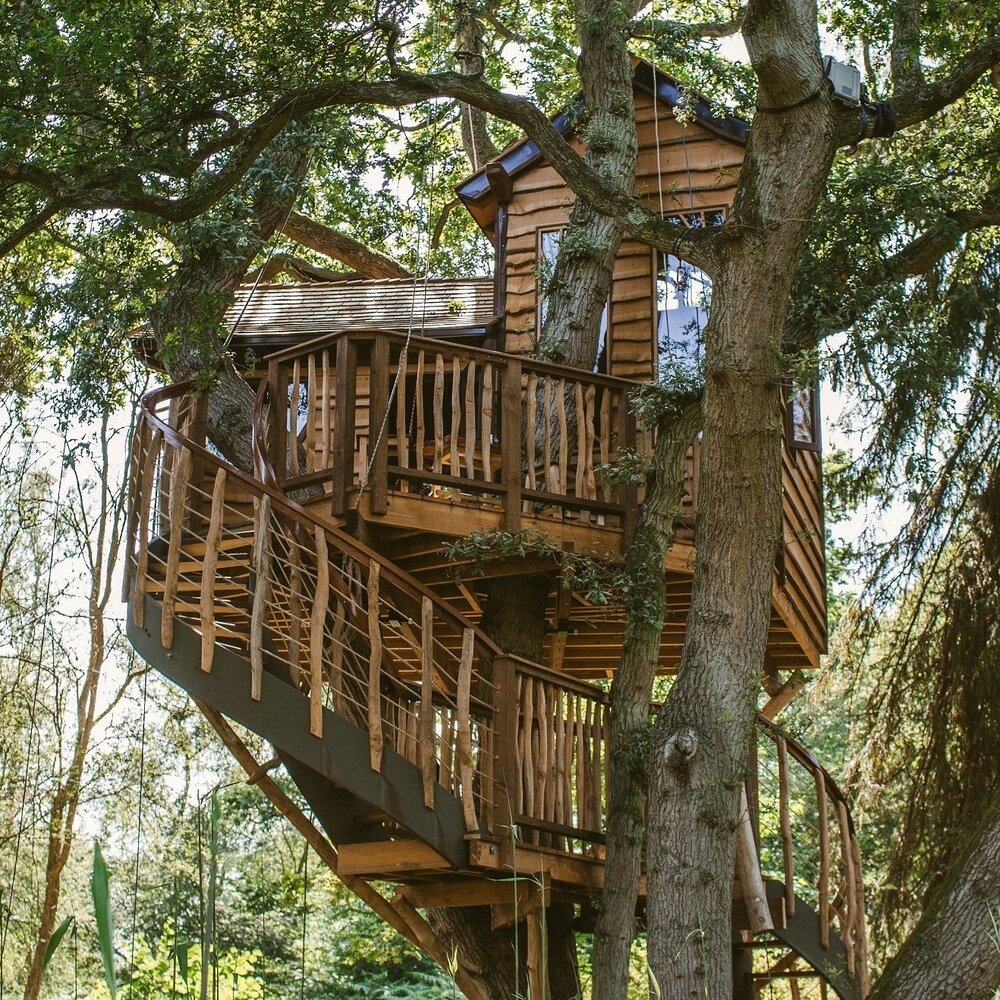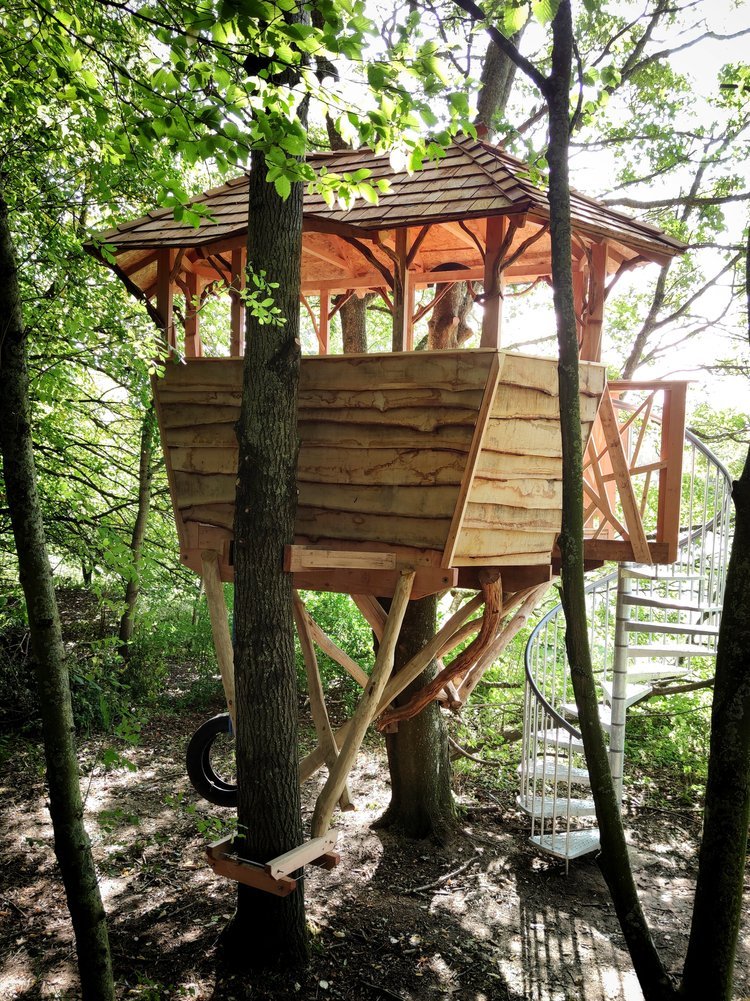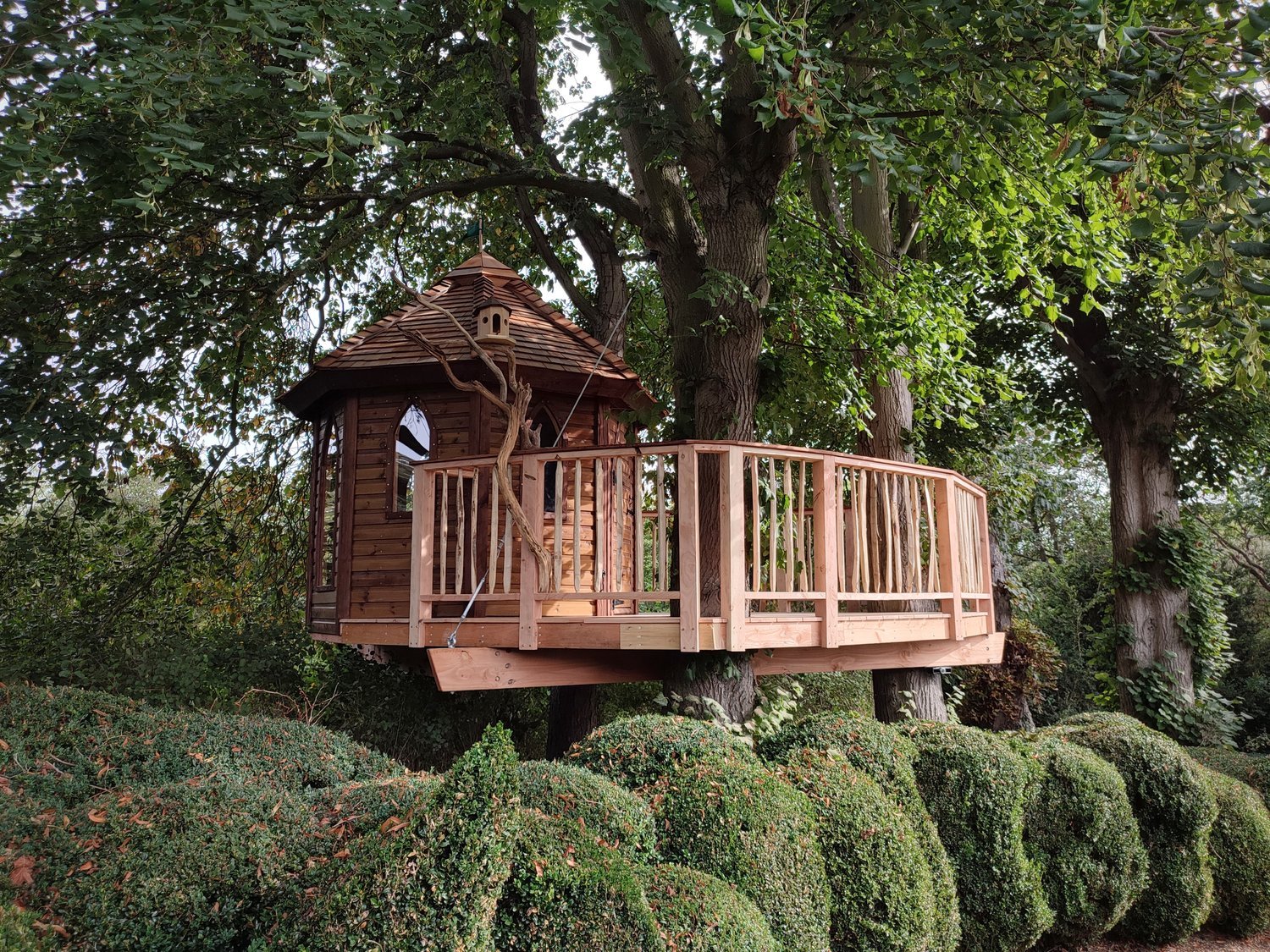Do You Need Planning Permission to Build a Tree House?
Tree houses are magical places like something plucked out of the pages of a fantasy tale. They provide the perfect way to escape from the worries of the world, and that goes for children and adults. The prospect of building a tree house is exciting, but it’s important to build something that works with the natural environment and remember that most tree house builds in the UK will need planning permission.
You are likely wondering “how do I build a treehouse??” and, well, a good place to start is to consider planning permissions.
What Type of Tree Houses Require Planning Permission?
Regarding planning permission, treehouses are not automatically covered under the permitted development rights. You will require planning permission if your tree house designs meet the following criteria:
● It covers more than half of the garden.
● It’s over 4 meters tall.
● It’s located near a listed building or conservation area.
● It’s being used for a business, e.g. a glamping site or other tourism.
Even when your designs don’t meet the above criteria, contacting your local planning authority (LPA) before getting started is a good idea. There may be some other requirements your designs need to meet.
Tips for Getting Planning Permission
To obtain planning permission for a tree house build in the UK we recommend starting the process early. This will ensure you have the time to address any concerns and feedback. Additionally, your plans should be comprehensive, which means offering as much detail as possible.
The council is focused on protecting the environment within the construction industry. To appease this goal, be sympathetic to the local environment during the planning process. Your tree house shouldn’t damage the tree, be intrusive, or be too large - these are goals we specialise in achieving in your treehouse design.
Planning permission success relies on agreement from various parties including your local neighbourhood. With this in mind, we recommend communicating with residents in your local area to gain their support. It’s easier to address any concerns before sending the application.
To give your tree house project the best chance of being approved, it’s best to hire a professional tree house builder. They will have the necessary experience to make sure your designs meet the correct safety standards.
How Much Does Planning Permission to Build a Tree House Cost?
There will be costs associated with planning permission, but this will depend on the location, size, and complexity of the tree house. However, you can expect to see charges of anywhere between £500 and £3,000 for a small treehouse. You may also come across the following additional costs, which should factor into your plan:
● The cost of preparing sketches for the tree house.
● The cost of having the tree surveyed.
● The cost of submitting the planning application.
Key Considerations for When Your Tree House Is Being Built
When building your tree house, it’s essential to make sure it’s durable and safe to use, but there are other considerations to keep in mind. Not all trees are suitable for supporting the weight of a treehouse. Using appropriate hardware will ensure that the tree is free to move and does not become damaged during the installation process or over time as the tree grows.
The materials you use for the build should be carefully selected based on their durability and how they need to function. The tree house will be just as exposed to the elements as a regular structure. Our breadth of knowledge and experience building outdoor timber structures ensures that your treehouse will last a long time with little to no maintenance.
Common Things to Avoid When Building a Tree House
Building a tree house will be a rewarding and enjoyable experience if you avoid common mistakes. One of the biggest mistakes made is choosing an unsuitable tree. Other common mistakes include:
● Overloading the treehouse.
● Not installing the correct hardware or installing the hardware incorrectly, could lead to damage being caused to the tree, or worse a dangerous structure being built.
● Not inspecting the tree house and carrying out ongoing maintenance.






